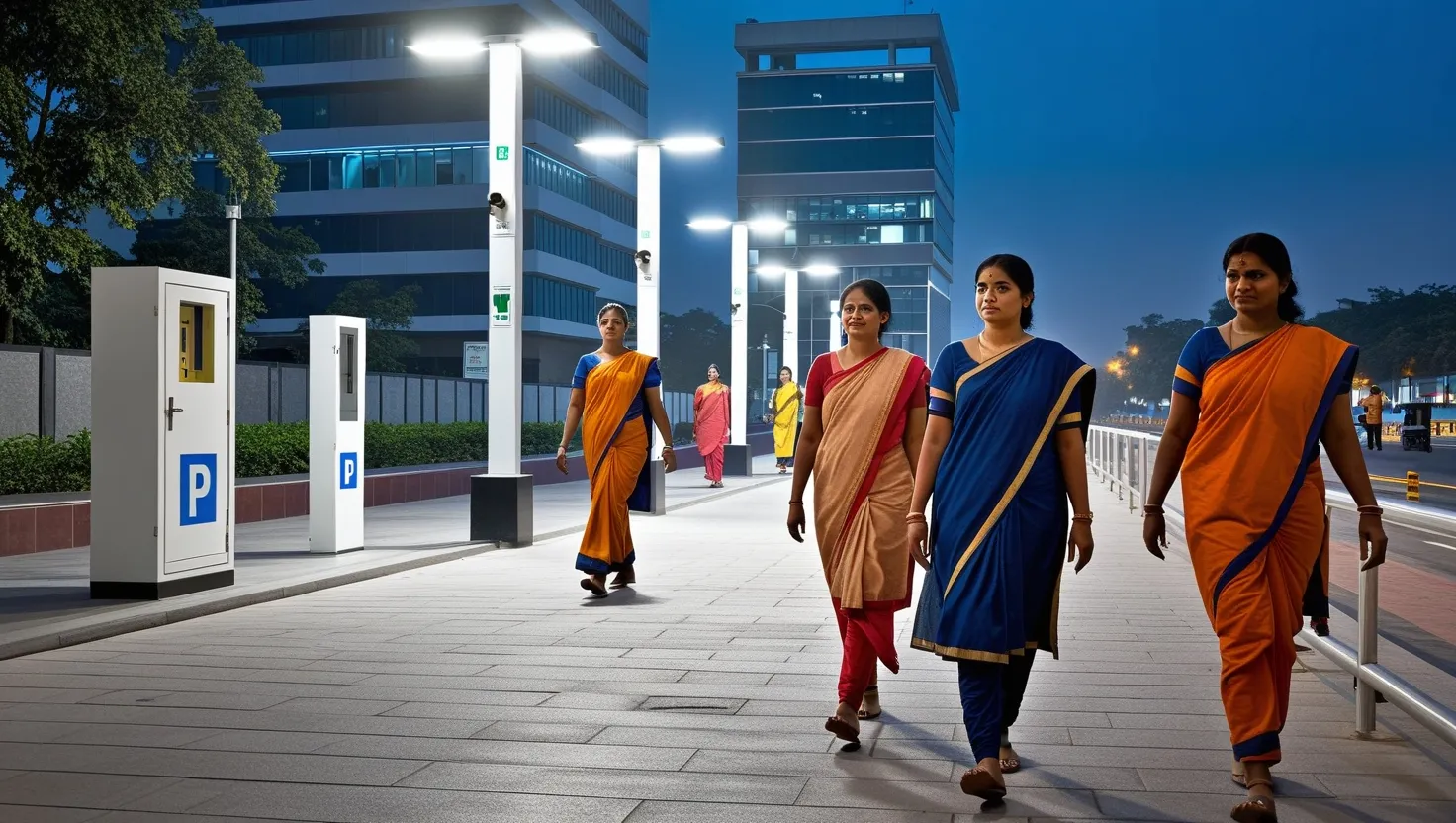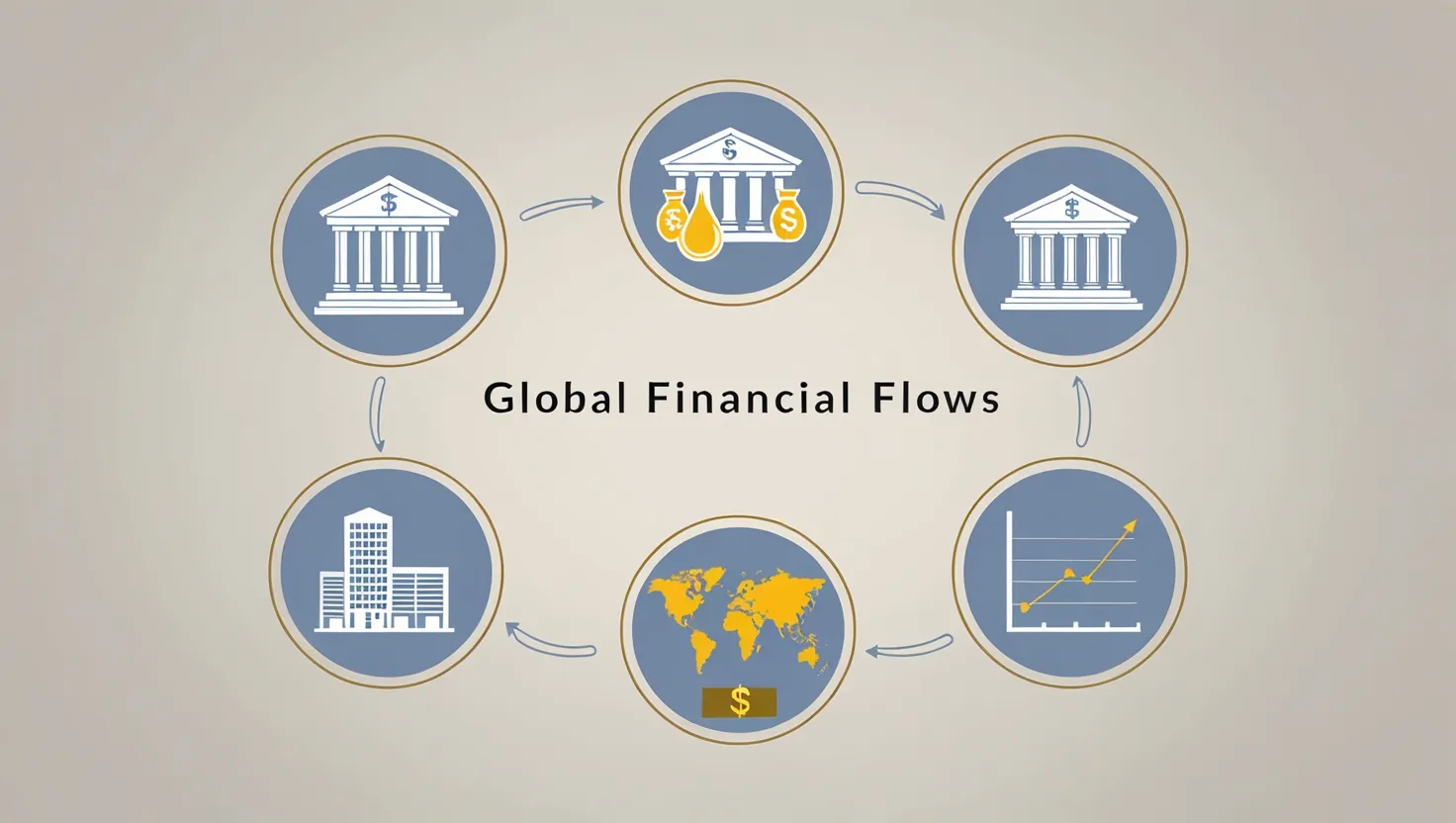Five Women’s Safety Policies Changing Daily Life in India
When my neighbor Priya started her new job three years ago, her mother made her promise to text every thirty minutes during her commute. This wasn’t paranoia—it was survival instinct born from real fear. Today, things are different for Priya. She uses an app, knows exactly which streets have better lighting, and has memorized a single number to call if anything goes wrong. This shift didn’t happen by accident. It happened because India started taking women’s safety seriously and built systems to protect them.
Let me tell you something uncomfortable: globally, 137 women and girls are killed every day by intimate partners or family members. One woman dies almost every ten minutes at the hands of someone she knows. These aren’t abstract statistics—they represent mothers, sisters, and daughters whose lives were cut short. But here’s what gives me hope: countries like India are fighting back with concrete policies that actually work.
Think about the world we live in now compared to just a decade ago. Women couldn’t travel freely, couldn’t feel safe in public spaces, and often didn’t know where to turn when they needed help. India recognized this crisis and started building solutions. What I want to show you is how five specific policies are quietly changing what millions of women can do every single day.
The Nirbhaya Fund: Turning Surveillance Into Safety
The first major shift came through something called the Nirbhaya Fund. This was India’s government saying: we will spend real money to make streets safer. They weren’t vague about it either. They built surveillance systems, installed emergency response infrastructure, and created networks that actually connect to local police stations.
Here’s what this means in practice. When you walk down a street with Nirbhaya-funded infrastructure, you’re not walking alone anymore—you’re walking through a monitored area. Cameras don’t just record; they connect to control rooms where operators can respond immediately. Emergency boxes installed at bus stops connect directly to police. The fund has pushed safety equipment into areas where women spend their time: markets, bus stations, train platforms, and residential neighborhoods.
What makes this work is that it’s not just about cameras watching you—it’s about cameras helping you. If something goes wrong, response time matters. Traditional police might take twenty minutes to arrive. With this infrastructure, it can be five minutes. That difference is life-changing.
Have you ever noticed how differently you behave when you know someone is paying attention? This principle applies to crime prevention too. Criminals avoid spaces they know are monitored. They move to darker areas, which means women instinctively know which routes are safer. This creates a psychological shift—women start reclaiming spaces they previously avoided.
Fast-Track Courts: Justice Stops Being a Distant Dream
Here’s a frustrating truth nobody likes to admit: the Indian judicial system is slow. Cases that should take months can take years. When justice moves at a snail’s pace, victims lose faith. Fast-track courts were created specifically to handle crimes against women differently.
What does “different” mean? It means your case doesn’t get lost in a pile of 10,000 other cases. It means judges who are trained specifically in these cases. It means the trial might take one year instead of seven. One year instead of seven. Can you feel the difference that makes?
I spoke with a lawyer recently who told me something revealing. She said that women often don’t pursue cases because they can’t afford the emotional toll of a decade-long trial. They’d rather move on and try to forget. Fast-track courts change this calculation. Now the emotional burden is still there, but it’s compressed. You see results. The perpetrator faces consequences within a timeframe where the trauma is still fresh enough to be addressed properly.
What percentage of crimes against women actually lead to conviction in traditional courts? It’s shockingly low—often less than 20 percent. Fast-track courts have pushed this number higher in many states. Why? Because focused attention and proper resources work. When a judge isn’t juggling 500 cases, they can actually examine evidence carefully.
Women’s Helplines: A Voice When You’re Alone
Imagine being trapped and having no idea what to do. Now imagine picking up your phone and knowing exactly where to call. In India, 181 is the national women’s helpline number. One hundred eighty-one. That’s it. You don’t need to remember a long number or navigate a complicated website.
These helplines aren’t just people answering phones. They’re trained counselors, legal advisors, and sometimes the first people who actually listen. When a woman calls, she gets immediate guidance on what to do next. Should she file a police report? Should she go to a shelter? What are her legal options? Should she involve her family? Real professionals help her think through these decisions.
What makes this powerful is accessibility. You don’t need money to call a helpline. You don’t need to go anywhere. You don’t need to tell your family. In many cases, you can stay anonymous. Round-the-clock availability means 3 AM emergencies get the same response as 3 PM calls.
Here’s something lesser-known: many helplines now offer legal aid support. This means women can get actual legal advice for free before they even file a case. They understand their options. They know what evidence they need. They know what questions to ask police officers. This preparation transforms how cases are built.
The numbers tell the story. These helplines now receive hundreds of thousands of calls monthly across India. Each call represents someone who felt lost and found a path forward. Each call represents someone who knew where to turn.
Self-Defense Programs: Making Women Their Own First Responders
While we build systems and helplines, we’re also teaching women something that can’t be taken away: how to protect themselves. Self-defense programs have moved from being niche activities offered at private gyms to being integrated into schools and community centers.
Why does this matter? Because there’s a difference between knowing help exists and being able to help yourself right now. A helpline is useful after something happens. Self-defense skills can stop something from happening in the first place.
Think about the psychology here. When a woman learns she can physically stop an attacker, her entire presence changes. She walks differently. She holds her head higher. Potential criminals sense this confidence and move on to easier targets. This isn’t just about physical capability; it’s about the internal shift that happens when you know you’re not helpless.
Schools now teach self-defense as part of physical education curricula in many states. Community centers offer classes specifically designed for working women. The teaching methods have evolved too—instructors focus on realistic scenarios that women actually face, not abstract fighting techniques.
What’s interesting is the demographic shift this creates. Women who previously avoided certain streets because they felt vulnerable now travel freely because they feel prepared. They’re not just waiting for infrastructure to protect them; they’re preparing themselves to handle threats. This combination—infrastructure plus capability—creates real safety.
Safe City Projects: Engineering Safety Into Public Spaces
The final policy that’s changing daily life is something beautifully straightforward: making cities safer by design. Safe city projects aren’t complicated concepts. They’re about ensuring streets are well-lit, public transport is secure, and spaces are designed so women aren’t isolated.
Here’s what this looks like. Better street lighting—particularly in residential areas and near bus stops. This simple change has been shown to reduce crimes significantly. Why? Because criminals hate light. They can’t operate effectively when they’re visible. What could be simpler than installing lights? Yet this basic infrastructure was missing in so many areas.
Public transport security has received serious attention. Panic buttons in buses, CCTV cameras in trains, dedicated women’s compartments that are monitored. Security personnel trained specifically in recognizing and responding to harassment. Women know where to sit, who to alert, and how quickly response comes.
One fascinating angle: safe city projects often include input from women themselves about what makes spaces feel unsafe. A woman might point out that a particular bus stop is isolated and shaded—perfect for predators. Based on this feedback, the area gets redesigned. It’s not experts deciding what’s safe; it’s women telling us what they need.
Connecting Policy to Real Life
Let me bring this back to Priya, the woman I mentioned at the start. Two years after these policies expanded in her city, her commute changed. Here’s her actual checklist now: she uses the Himmat app, which lets her share her location with trusted contacts during travel. She can press an emergency alert button that connects her to police immediately. Her bus stop has better lighting than before. She knows the local fast-track court exists if she ever needs it. She has the women’s helpline number memorized.
Did she ever need to use all this? Thankfully, no. But the infrastructure changed how freely she moves through her city. That’s the real success.
Here’s what I want you to understand: these policies work because they address the problem from multiple angles. They add infrastructure, provide quick legal responses, offer immediate support, build personal capability, and redesign physical spaces. Together, they create a system where safety isn’t just something you hope for—it’s something that’s built in.
What would your city look like if women felt this safe? What changes could you personally push for in your community?
These aren’t theoretical questions anymore. Across India, thousands of women are experiencing what happens when governments stop treating women’s safety as a luxury and start treating it as essential infrastructure. The question now isn’t whether these policies work—the question is how quickly we can expand them.





